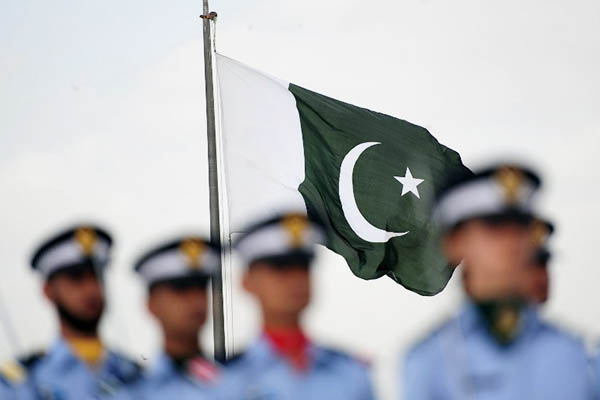
File Photo. Rizwan Tabassum—AFP
There is no need for Pakistan to rush into a decision on its response to the U.S.’s suspension of military aid
As America moves to an internal consensus on its anti-Pakistan policy, the regional map of strategic possibilities might help clear the mind of Islamabad and Rawalpindi. Washington’s threat of “direct action” is there and could be used at some future point to demonstrate where the “safe havens” are situated in Pakistan. Not too long ago, a drone strike near Dera Ismail Khan—situated within a region ostensibly under government control—targeted two Haqqani Network commandos. Islamabad, however, maintains that the militants are based in Afghanistan but travel to Pakistan via the porous border to visit their families, who allegedly live among the more than 2.5 million Afghan refugees that still reside in Pakistan.
Islamabad is caught between two positions: should it go with the common Pakistani thinking and thus take on the United States, or should it be flexible in its response and not invite a two-front crisis it will find difficult to handle? Pakistan’s main problem is its regional isolation: it is at odds with India beyond the point where it is any use; it is at odds with Iran although a similarly isolated Iran will never say it, wisely taking a realistic view of its own isolation. Kabul, not a little encouraged by the United States, is extremely hostile, Pashtun-Tajik consensus gelling around hatred of Pakistan.
Pakistan is aligned with Saudi Arabia and can’t expunge the impression that it is at the back of Saudi punishment of Yemen. There is a secret defense treaty with the Gulf Cooperation Council (GCC), which includes Saudi Arabia and the United Arab Emirates, to come to the help of the Arabs in a direct Arab-Iranian conflict. The handle Saudi Arabia and the U.A.E. have on Islamabad by reason of Pakistan’s expat manpower working there is much more than the leverage of the $300 million blocked by the United States. Given such a strategic map, extreme self-restraint and decision-making caution is required by a Pakistan destabilized internally by institutional strife and political instability.
